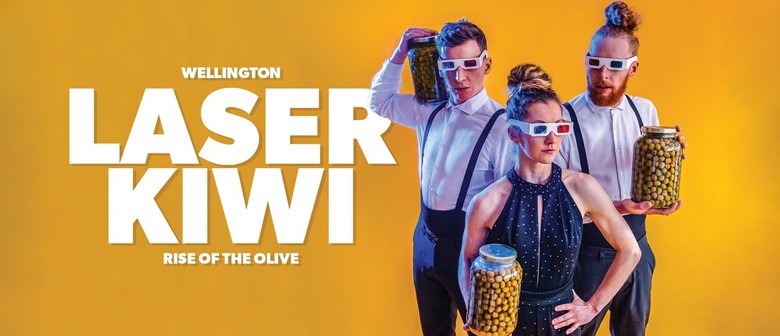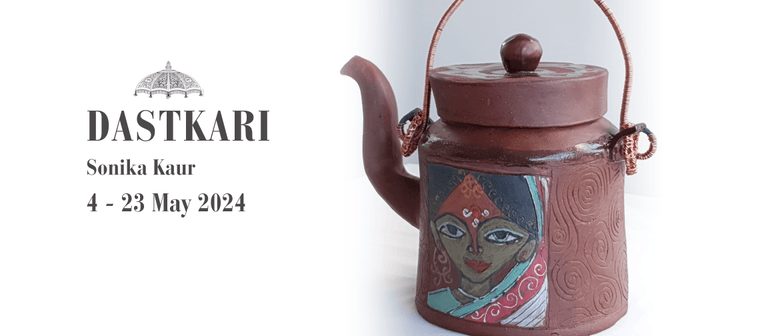Natalie Guy: Modern with a Petit m (2019)
18 Dowling St, Dunedin, Otago
Ticket Information
Restrictions
Website
Listed by
The title of Natalie Guy’s exhibition, Modern with a petit m, establishes what we can and what we cannot expect from her works. Guy wants us to be cognisant of the conceptual lineage her works reference, but does not want our experience of them confined within unyielding parameters of modernist theory. As a proper adjective, Modern specifies meaning; as a common adjective, modern expands it.
The Akari pieces are specific reinterpretations of a modern trope, the (now) ubiquitous paper lamps of Japanese designer Isamu Noguchi. Whereas Noguchi’s original 1951 Akari lamp is a celebration of space-filled volume and the impermanence of paper and bamboo, Guy turns this on its head. She flattens the form, leaving only a central void as reference to the collapsed space and the delicate bamboo ribs and paper skin are recreated in a material synonymous with millennia of object-making.
The elevation of the bronze disc on its stand recalls the use of similar forms as items of worship and power - the jade bi of Neolithic China, gold sun discs from Bronze-Age Ireland, calendar stones of the Aztecs. Guy’s re-configuring of a common, utilitarian item however, reminds us of the role cultural context plays in inscribing meaning. In doing so she disrupts modern art’s central tenet of resolute self-reference.
Although Guy directs us away from the self-importance of modernist (with a capital M) traditions, she remains interested in the intrinsic elements of sculptural practice - volume, mass, medium. The artist does not shy away from the obvious references to modernist sculptors such as Barbara Hepworth, but uses form, material, and composition to explore ways in which the references can be re-contextualised.
Like the Akari paper lampshades, the biomorphic outlines of Guy’s Blind Forms (taken from discarded school chairs) are also familiar tropes of modernist design. Once again, the origins of the forms are at odds with their re-imagining in bronze. Plywood is employed for its flexibility and utilitarian nature rather than its potential for longevity.
The ‘bodies’ of each Blind Form are solid and dense however, emphasised by the texture and thick, coloured patinas of the bronze. They perch precariously atop their slender stands and at eye level, the works take on somatic elements. Spindle-legs support amoeba-like bodies from which an unseeing eye blankly stares. In a group, the works suggest the primeval spore capsules of a lichen or liverwort.
Contradictions permeate each sculpture and they are charged with juxtaposed tensions: figurative and abstract, art and utility, space and volume, weightlessness and heft. What is clear however, is that the contradictory nature of each element is essential to the other. Natalie Guy’s sculptures are perfectly poised in concept and execution.
Log in / Sign up
Continuing confirms your acceptance of our terms of service.




Post a comment